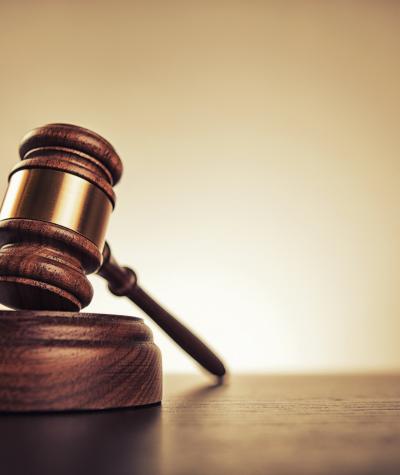The Voting Rights Institute continued Wednesday in the wake of a dramatic week at the Supreme Court which saw a major setback for voting rights, but historic victories for gay rights.
Joining Gerry Hebert, organizer of the Voting Rights Institute and the Legal Center’s Executive Director, was an expert faculty featuring Paul Smith, Partner and Chair of Appellate and Supreme Court Practice at Jenner & Block, Brenda Wright, Vice President of Legal Strategies at Demos and former Managing Attorney at the National Voting Rights Institute in Boston, Bruce Spiva, Founding Partner at the Spiva Law Firm, PLLC and former Chair of the Board of DC Vote, andChad Dunn, Partner at Brazil & Dunn and General Counsel to the Texas Democratic Party.
The Institute’s faculty members provided insightful and practical instruction on the mechanics of bringing lawsuits to enforce voting rights. The topics included the strategy behind filing in a state or federal court, how to prepare witnesses for trial in Voting Rights Act cases, how to develop proof of discriminatory intent through the discovery process, and the impact of the Supreme Court’s recent Shelby County decision.
On the topic of Shelby County’s impact, some faculty members speculated that that law firms may be more hesitant to participate in pro bono voting rights litigation. This reluctance would likely stem from the greater costs and complexity of cases brought under Section 2 of the Voting Rights Act, the Act’s primary enforcement provision following Shelby County. However, the faculty also predicted that this hesitance, combined with an anticipated rise in burdensome voting changes, will create an opportunity for lawyers who understand Section 2 litigation to take a leading role in the voting rights movement.
The panel also discussed the difficulties of litigating political gerrymandering claims. While the Supreme Court has said political gerrymandering claims can be raised, it has not articulated a clear framework for bringing such claims. Additionally, the Court has never held a redistricting plan to be an unconstitutional political gerrymander. Subsequently, there was a sense of pessimism among the faculty—comprising some of the nation’s most experienced experts on the issue—regarding the prospects of the current Court ever agreeing to a workable standard for measuring political gerrymandering.
Despite these doubts, the faculty shared the different legal arguments and proposed standards they have presented to courts. These ranged from relying on one state’s Lieutenant Governor’s admission that his party drew a map “110%” for political purposes, to invoking the late-Justice Stewart’s famous standard for obscenity, “I know it when I see it.” But none of these arguments have prevailed thus far, and the issue of what standard to use for political gerrymandering claims remains unresolved.
In light of this, the faculty discussed a variety of policy solutions that may limit the influence of political considerations in the redistricting process. These included independent redistricting commissions, like the redistricting bodies in California and Arizona, the feasibility of so-called “super districts” that elect multiple representatives using a form of proportional representation, and principles that line-drawers should adhere to, such as respect for communities of interest and geographic compactness while also excluding consideration of incumbent or candidate residency. Many of these ideas were also included and discussed in further detail in the Legal Center’s 2005 report on redistricting “The Shape of Representative Democracy.”
The Voting Rights Institute will conclude Thursday night with further instruction on Section 2 of the Voting Rights Act, the mechanics of bringing voting rights lawsuits and an overview of lessons from the week.
